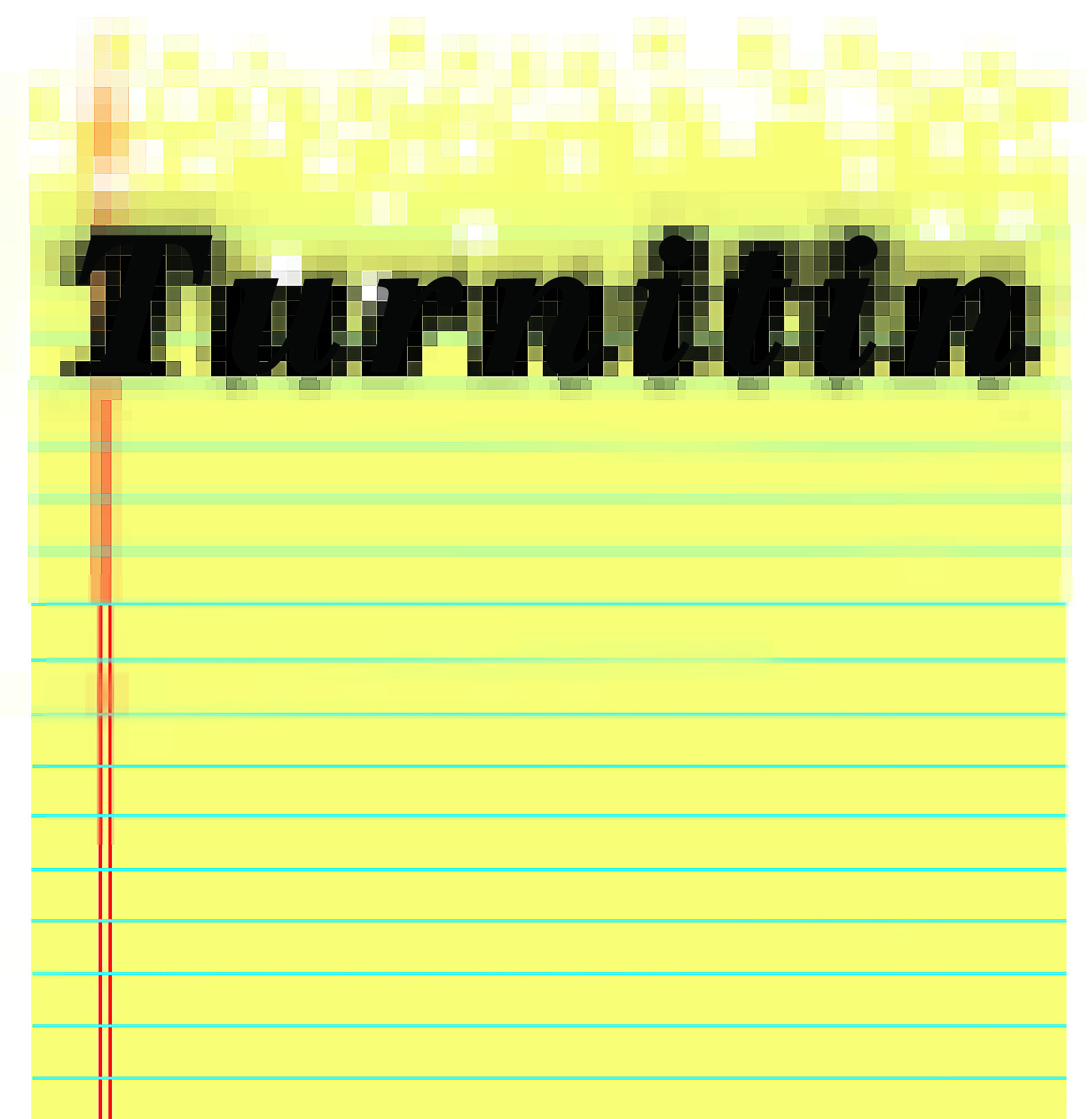Katie Shepherd: Turnitin more helpful than harmful for professors and students

By Daily Bruin Staff
April 25, 2013 12:00 a.m.
Most students click the submit button on Turnitin without a second thought, but some detractors within the Conference on College Composition and Communication would urge students and professors to pause before using the plagiarism detection software.
A group of members within the organization passed a resolution last month that condemned software like Turnitin as detrimental to the relationship between professor and student.
While it may be simple to offer alternatives to plagiarism detection software at small universities, Turnitin provides vital support for UCLA faculty who teach lectures of hundreds of students.
With tools like Turnitin, professors and teaching assistants can dedicate their time to providing feedback and working with students on an individual basis rather than wasting hours poring over essays looking for rare instances of plagiarism.
Chris Anson, chairman of the Conference on College Composition and Communication, said he doesn’t use Turnitin because it does not foster the environment of trust that he finds essential in the classroom.
Anson said that subjecting all students to plagiarism detection software is to treat every student as if he or she were a cheater.
Suspicion in the classroom existed long before this technology came along, said Christopher Mott, an English professor at UCLA. Turnitin merely makes it clearer that professors are watching for plagiarism, he added.
A professor’s demeanor and interaction with students determines the overall atmosphere of a classroom – not the use of certain technologies, Mott added.
Using this type of software does not preclude trust between professors and students.
If students are doing their own work, then there should be no fear and therefore no negative impact on their relationship with the professor. In fact, the use of technologies like Turnitin should improve student comfort in the classroom because it prevents others from cheating and skewing grades in an unfair way.
“Our mission is to help students become better writers,” said Chris Harrick, vice president of marketing for Turnitin. The software offers more tools than the well-known OriginalityCheck; it provides explanations of common writing errors such as comma splices and a space for professors to offer oral or written comments on graded work.
Turnitin also offers the added benefit of preventing a student from resubmitting work that he or she previously turned in for another class. The likelihood of a human grader recognizing this unique kind of plagiarism pales in comparison to the software’s ability to do so.
The even playing field that Turnitin fosters should make students and professors feel more at ease with one another, knowing that no one has an unfair advantage because of cheating.
Debora Shuger, an English professor, uses Turnitin to discourage plagiarizing in her large classes that have multiple sections per year and cover material that is difficult to approach with unique assignments each year. Some classes on authors like John Milton have been taught for decades, and ample papers and publications exist on the subjects, which sometimes led to plagiarism, Shuger said.
However, since incorporating Turnitin as a deterrent to cheating, Shuger said she has not encountered a case of plagiarism in the past three years.
Alternative methods that prevent plagiarism exist and can be very successful, but they lend themselves to small classroom settings where individual attention to each student is possible.
“I design assignments that are connected really closely to the course material, so it’s virtually impossible for students to plagiarize,” said Anson, who is also an English professor at North Carolina State University. “I also work closely with (students) and support the development of papers.”
These teaching practices are excellent methods for small classrooms where professors and students have the opportunity to interact on a one-to-one basis. At UCLA, these teaching methods could – and often do – replace Turnitin for some small upper division courses.
However, in larger lower division courses that serve many students as General Education, UCLA’s writing I or II requirements, or prerequisites to popular majors, these tactics are impossible to implement.
Turnitin serves an important purpose at UCLA. It supports professors and students to ensure everyone puts forth their best work and is treated fairly in the classroom.


